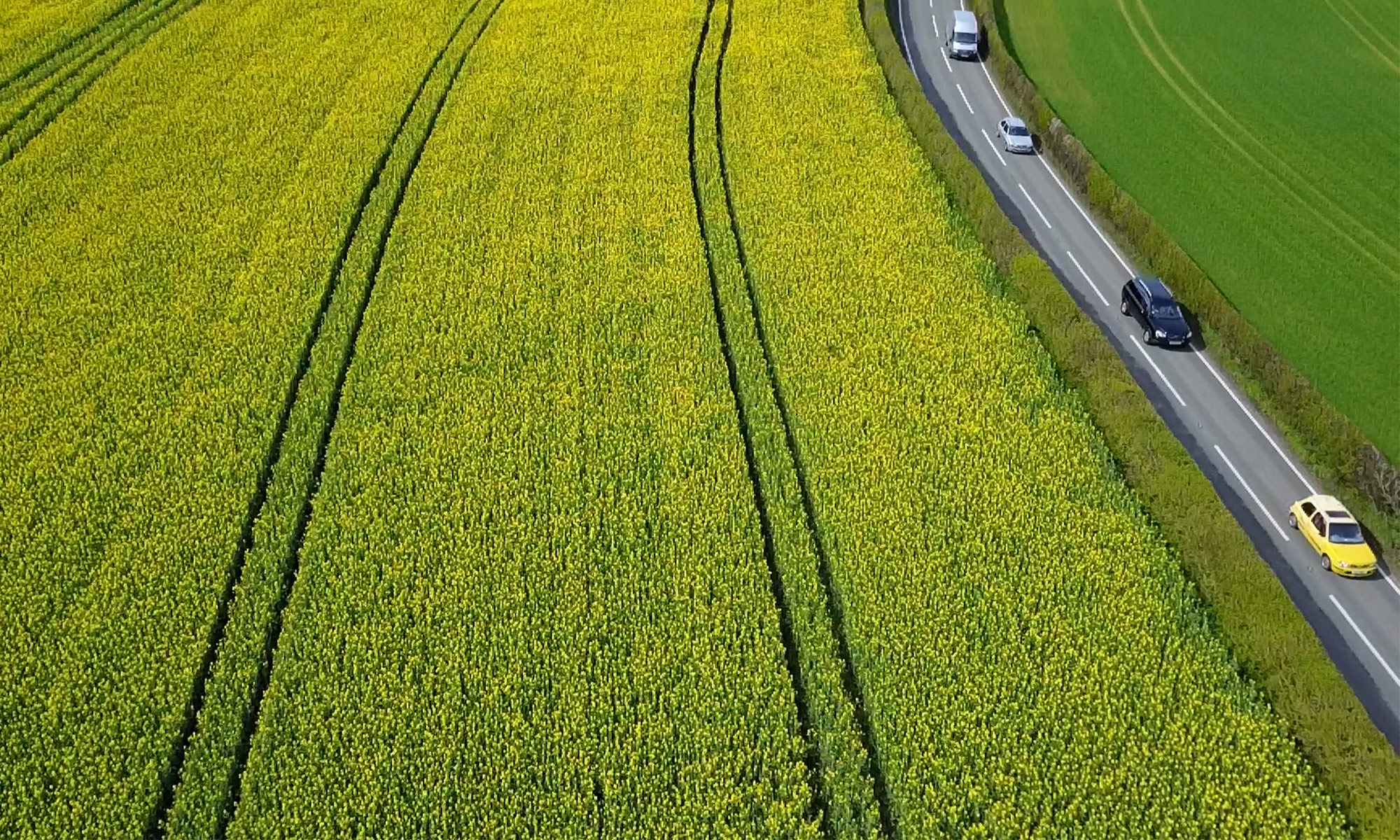Our resident DSR researcher Sam Barnes has put together a guide on the components inside your drone. He is building the next generation of drones and currently studying a Masters in Drone Technology and Applications at Liverpool John Moore’s University, and is aiming to do a PhD that will further develop the future of drone tech for the UK industry.
***
Do you know your FCs from your ESCs? This introductory guide will help explain the RTH from the RTB, the Rx from the Tx, the CCW from the CW and the Aero from the Eebee.
Disclaimer: this is an overview! This is a semi-generic guide that is aimed at enlightening those who would like to know more about how drones work.
How to begin explaining something so complex? Well, it’s actually relatively straightforward to construct a drone from component parts: drone racers and hobbyists have been doing this for a long time. The majority of the technology – motors, servos and the ways in which they are controlled are all taken more or less directly from the remote controlled model world.
The Flight Controller
The RC world did not use flight controllers as we know them today… the flight controller is the central hub of the system, processing the balance, the motion, motor speeds, aircraft movement (Inertia Measurement Units), GPS/GLONASS positions, altitude, attitude (angle relative to the earth) and any waypoint data. All in all, it’s quite a busy little box, and that’s just the start!
Many flight controllers have multiple IMUs, interia measurement units. The IMU is essentially a sensor that detects movement, or changes in movement, so the drone can calculate it’s inclination (angle relative to the ground/earth) and it’s azimuth (bearing, relative to the compass or magnetic north). These two pieces of information are critical to the steady and ‘flat’ flight we are used to. If anything is out of kilter, or if these sensors are calibrated incorrectly or not calibrated to their environment) the drone will do odd things, and quite likely crash. The addition of a GPS unit and compass (commonly incorporated into the same device) adds an additional layer of protection, but another layer of information to deal with.
If you haven’t heard of the research group ETH Zurich, spend a moment looking up their creations. This team created a code, or protocol, called MavLink. This powerful coding system for flight controllers is what powers a lot of our drone systems, and looks to be the benchmark and the go-to for building custom systems.
however for a long time
Next episode: The Sensors

